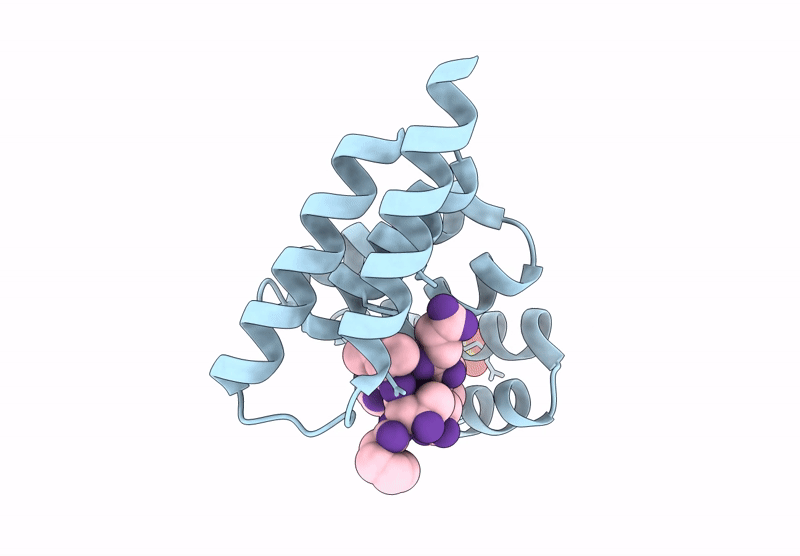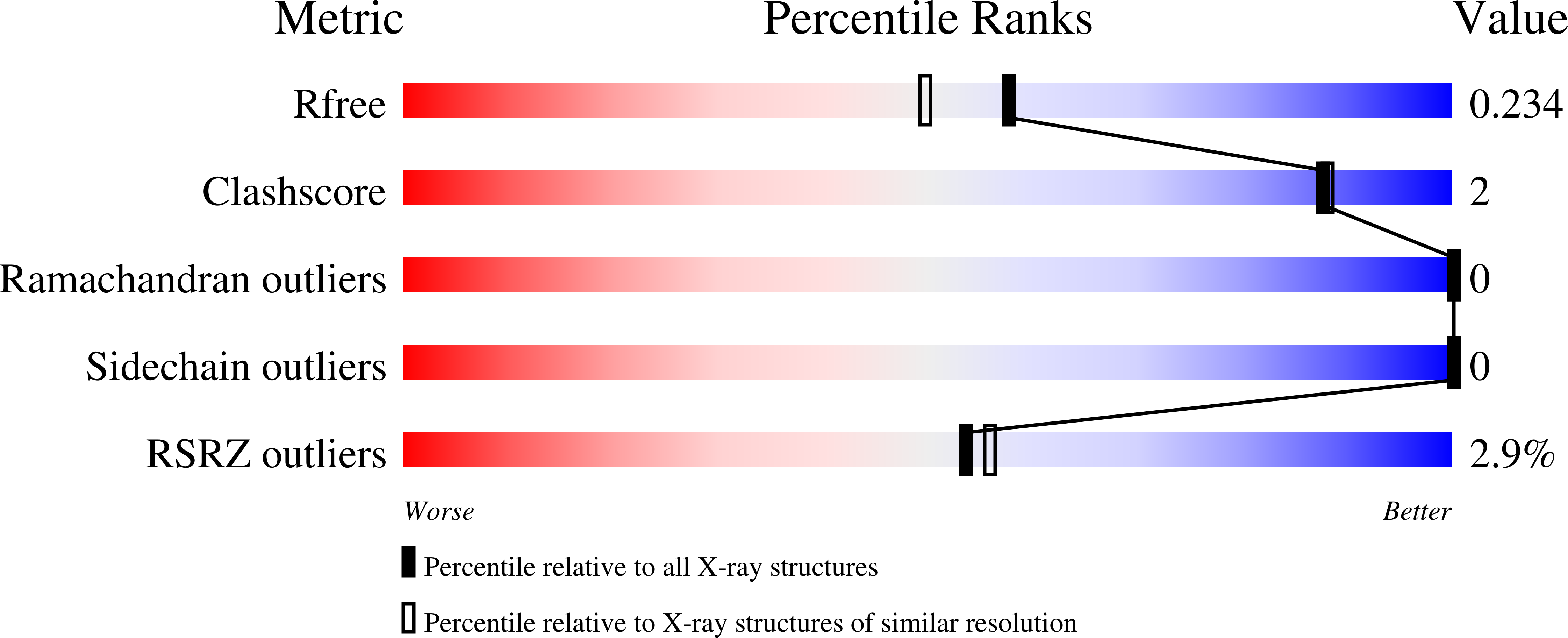
Deposition Date
2024-10-13
Release Date
2025-03-26
Last Version Date
2025-03-26
Method Details:
Experimental Method:
Resolution:
1.89 Å
R-Value Free:
0.23
R-Value Work:
0.18
R-Value Observed:
0.19
Space Group:
C 2 2 21


